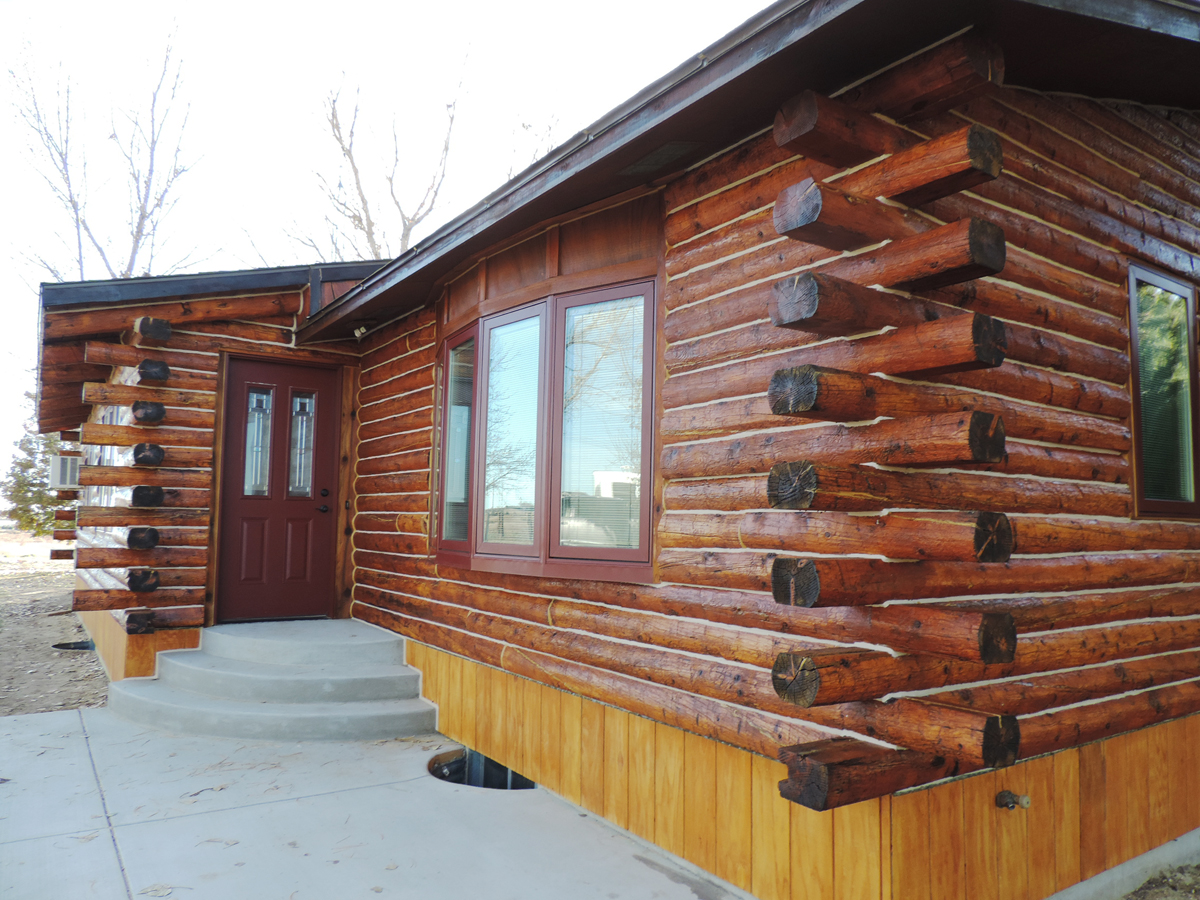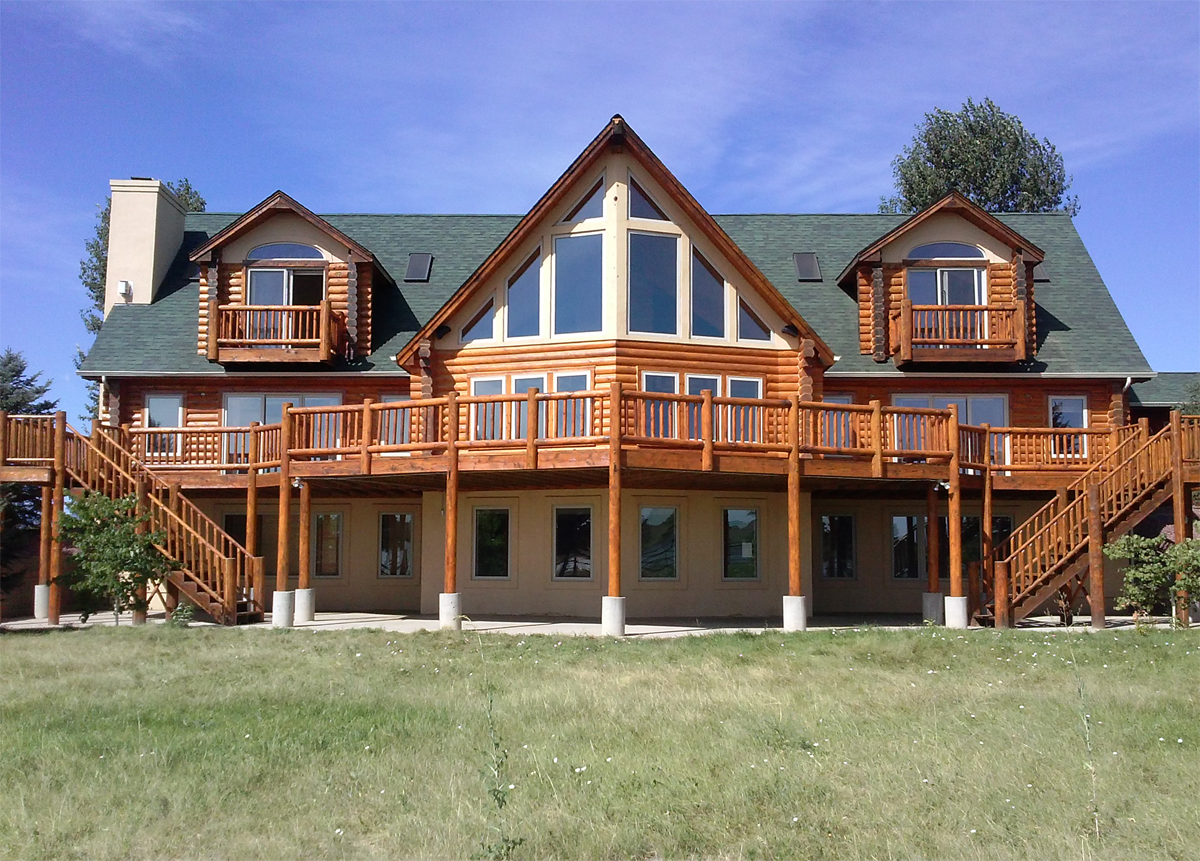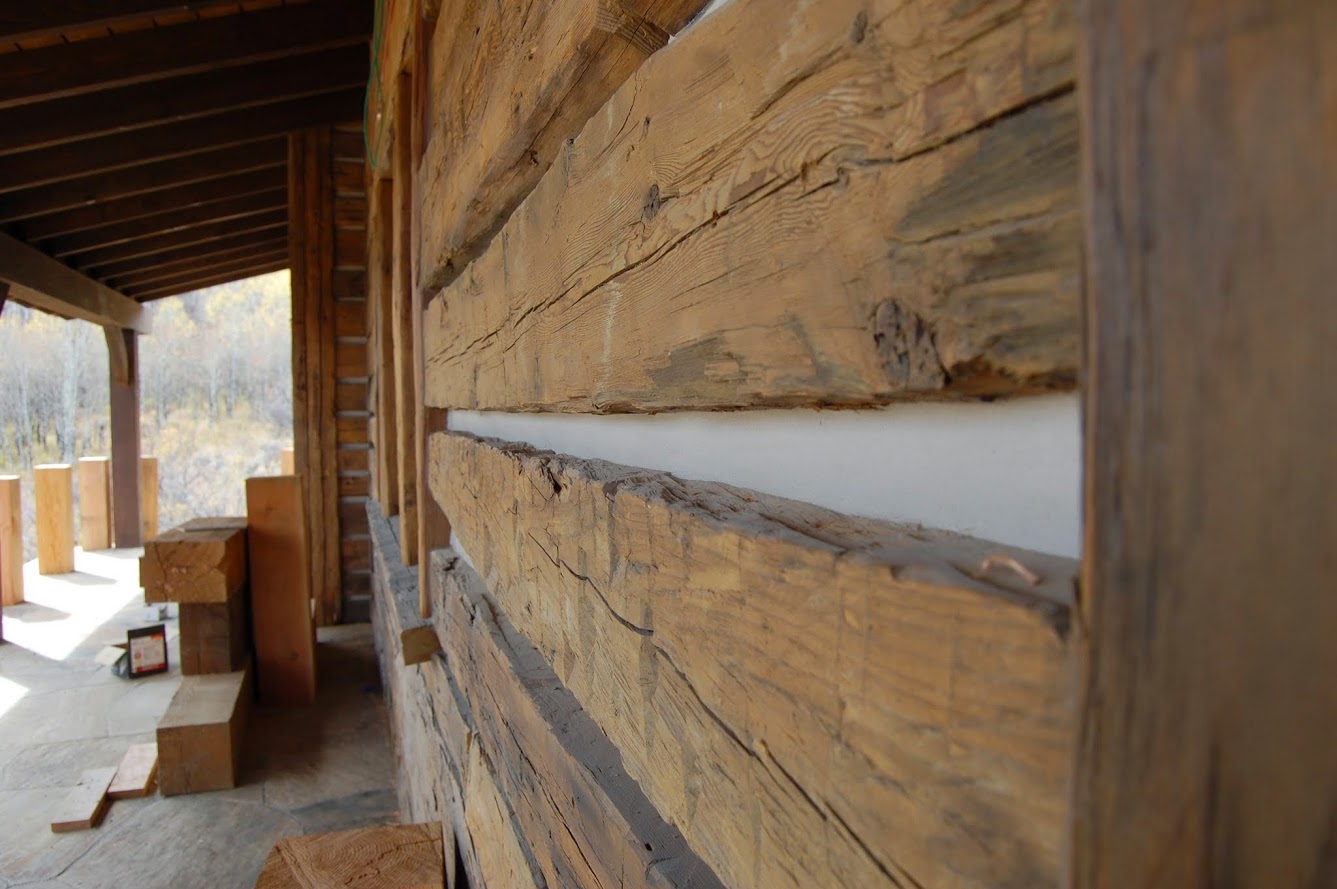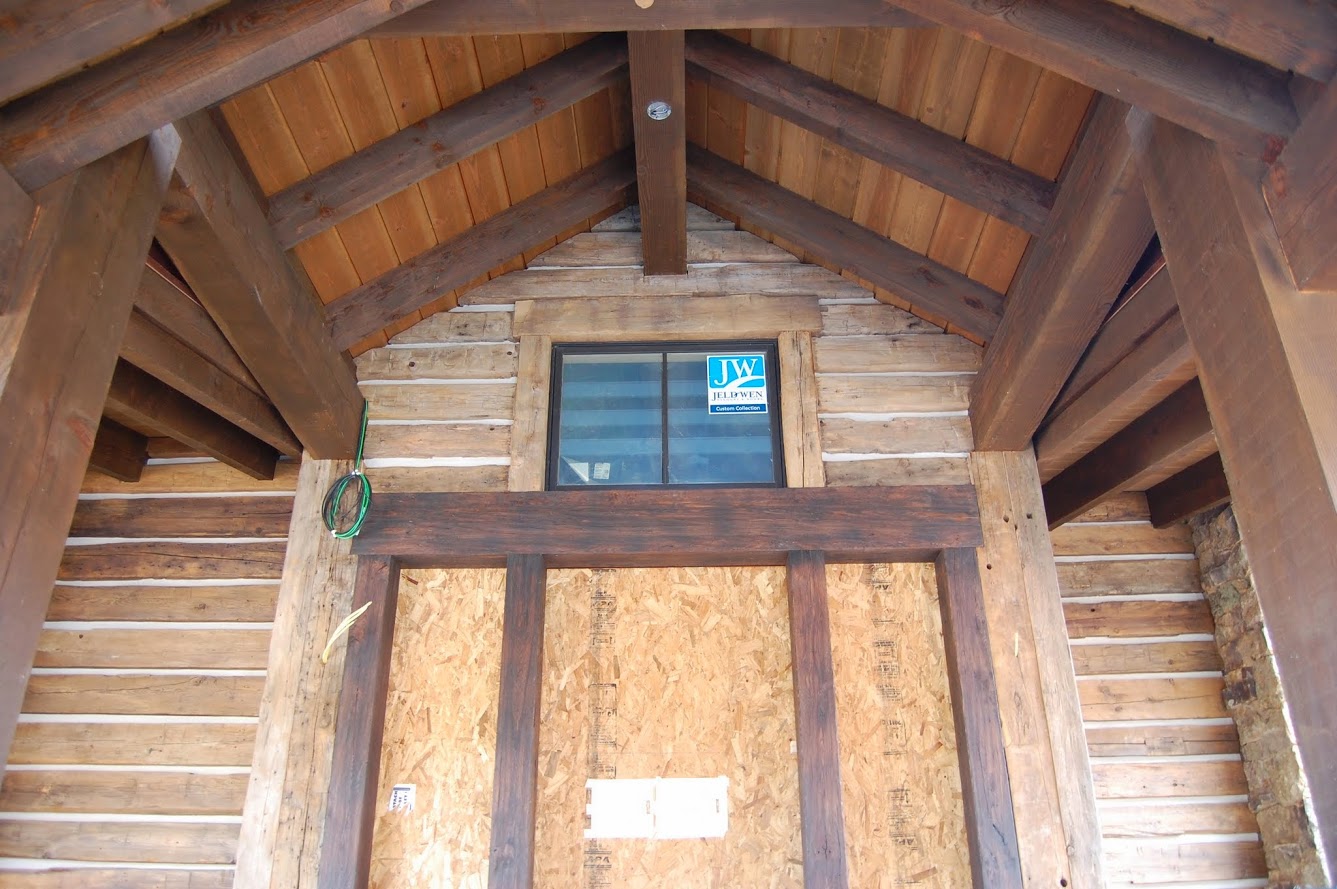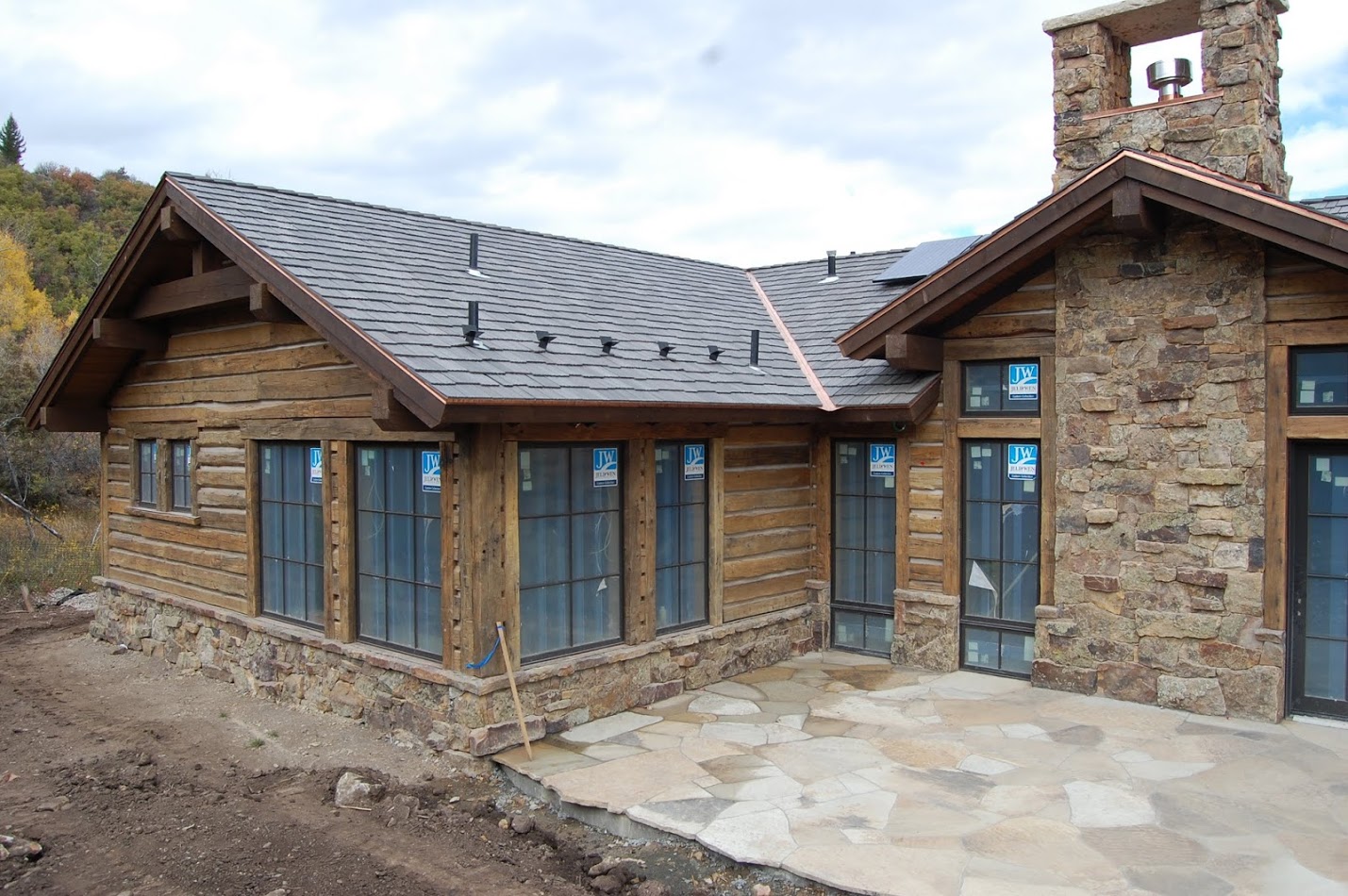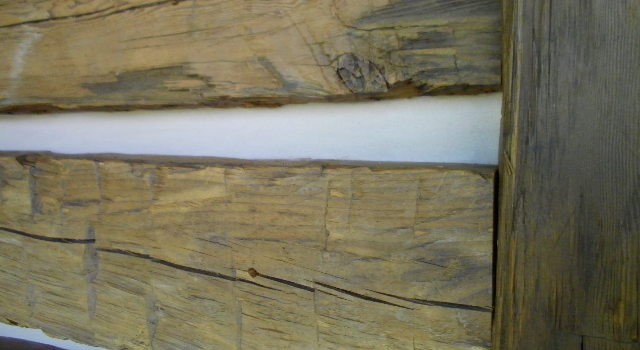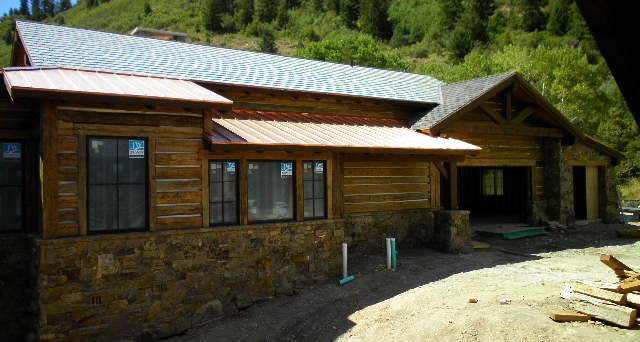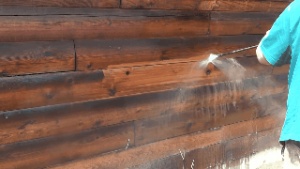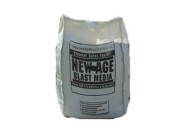 Perma-Chink Systems, Inc
Log & Timber Home Care Experts
Perma-Chink Systems, Inc
Log & Timber Home Care Experts
Michael
Dear Mr. Kennedy and Perma-Chink:
My log home has just been restored beautifully by Mark Hoge (www.cascaderestores.com) in Oregon. A rough start because of a short working season wound up to be a wonderful experience. Once the job was started, they stayed with it until it was finished. His men were extremely nice and polite and worked tirelessly to get me the best job possible.
This is my second experience with Perma-Chink and the contractor who built the home in 1988, Dan Nicklason of Bet'r Bilt is still recommending your products. In 2007, I had a local painter use the corn-cob method and I was pleased with that except my home was in such bad shape, we kept running out of the corn cob. Anyway, I was pleased then as I am pleased this time. I feel that Mark knows what he's doing and was very patient in answering my questions. I would say he is a master at staining. I am grateful and appreciate Mark and Mr. Kennedy who gave me the names of the people who could help me with Perma-Chink.
Thank you, most sincerely,
Mary Lynn (Satterla)
Umpqua, Oregon
Although there is some controversy regarding its cause, the most commonly held theory about the formation of mill glaze is that it is created on logs, siding and trim by heat and mechanical compression generated during a high speed milling process. The combination of compressed wood fibers and high temperatures that melt the sugars, cellulose, and other water-soluble extractives present in the wood end up forming a surface glaze.
In today's economy energy efficiency is a subject that most people are aware of including log home owners and those people contemplating the purchase of a log home. With this in mind we occasionally get asked about the R-value of our chinking and/or backing materials since many people assume that they provide some insulation value to the exterior walls. In point of fact, neither the Perma-Chink nor the backing material contributes any significant insulation value to a wall. What they do is eliminate outside air infiltration into the home. This has a much greater impact on the overall energy efficiency of a home than adding a minor amount of insulation to a wall.
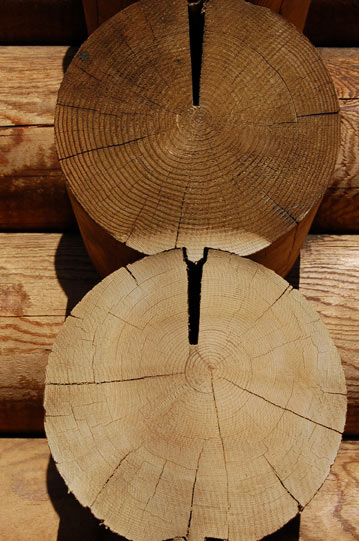
Why is it so Critical to Seal Exposed Ends of Log Homes?
Wood is a hygroscopic material, which means it naturally absorbs and releases moisture from the environment. Logs can safely absorb large quantities of water before reaching moisture content levels that will be inviting for decay fungi.
Some of the most vulnerable areas of a log home are the corner log ends. This is because the cross-section end grain is exposed and the ends often stick out beyond the walls allowing sunlight, wind, rain, snow and ice to wear away the stain and expose bare wood.
The exposed end grain acts like small straws by sucking water into the log, giving rot and decay an opportunity to start eating away the wood. In addition, wood cracks and checks are prone to start at the ends. If left unprotected long enough, log or log corner replacement may eventually be required.
Aware of the susceptibility of log ends to weathering, rot, and decay, we developed Log End Seal, a clear polymer finish that prevents water from penetrating into log ends and provides a layer of protection against log end damage. Although it is a sealer, Log End Seal is designed to allow moisture already in the wood to slowly escape. This helps reduce those large checks that often form on log ends.
There are two kinds of wood – wood that is rotten, and wood that one day will be rotten. This statement may seem a bit extreme, but it is a fact. Wood is a product of nature and its nature is to return to the earth in a natural process. As professional log home contractors, it is our job to ensure that wood used in the construction of log homes lasts for many years.
Borates have been used to preserve wood for many years, and because people have lately become more concerned with the toxicity of products used in their homes, it has steadily grown in popularity. We will discuss the use of borates to preserve log homes in detail.
What are borates and how do they work?
Simply put borates or borax are naturally-occurring water-soluable salt-like acids. They are about as toxic as table salt to humans and pets but kill wood-consuming insects like termites, powder-post beetles, and old house borers. More importantly, it kills the wood destroying microorganisms that cause rot.
Rot in log or conventional homes causes hundreds of times more damage to homes every year than damage by insects.
For borates to be effective, they must be actually eaten by an organism. Borates are not effective against carpenter bees because they do not actually consume wood – they just chew it. Interestingly enough, consuming borates does not instantly kill termites or other wood destroying insects. It does however kill the bacteria in their digestive system. These bacteria actually help the insect digest the cellulose fibers that make up a piece of wood. Without these bacteria, the insects die of starvation. Funny how nature works.
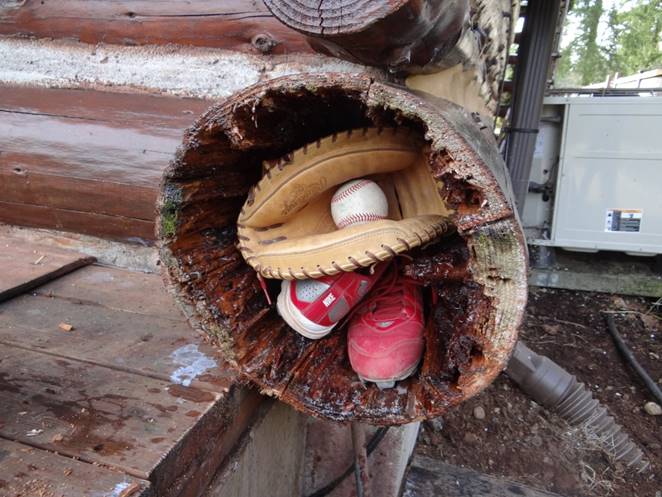 A hollowed out piece of timber on your home might make a convenient storage space for sports equipment or toys, but it's a problem. Before you panic and list your home up on Zillow or Redfin, let's take a look at the situation.
A hollowed out piece of timber on your home might make a convenient storage space for sports equipment or toys, but it's a problem. Before you panic and list your home up on Zillow or Redfin, let's take a look at the situation.
What To Do When You Find Log Rot?
How much decay have you found? If it's not halfway deep through the log, or less than a couple of feet lengthwise, odds are it can be repaired easily. M-Balm and E-Wood from Perma-Chink Systems are specially formulated epoxies designed to repair decay and soft spots in homes. Large voids can be repaired with filler wood like 2x4 boards to add some rigidity to the repaired section.
The biggest threat to log homes is decay damage, caused by moisture-loving fungi. The three basic categories of wood-destroying fungi are soft rot, brown rot, and white rot. Preventing rot begins with eliminating as much contact as possible with moisture, which breeds fungi. The best product that addresses moisture prevention is using borate preservatives, which destroy wood fungi and protect against decay. It also fights against wood-boring insects.
If you do discover decay in your logs during inspections, it can most likely be mitigated and eliminated without the need for a costly log replacement. If the decay does not exceed more than half the depth of the log, or only a few feet lengthwise, use M-Balm and E-Wood.
E-Wood epoxy has the ability to be cut, sanded, textured, and finished like real wood.
From Peter H. Miller, Traditional Building:
Not every great leader was born with wealth and privilege. In fact, some of the greatest U.S. presidents came from the most humble of abodes. Today we take a look at some of our favorite presidential birthplaces.
1) Abraham Lincoln
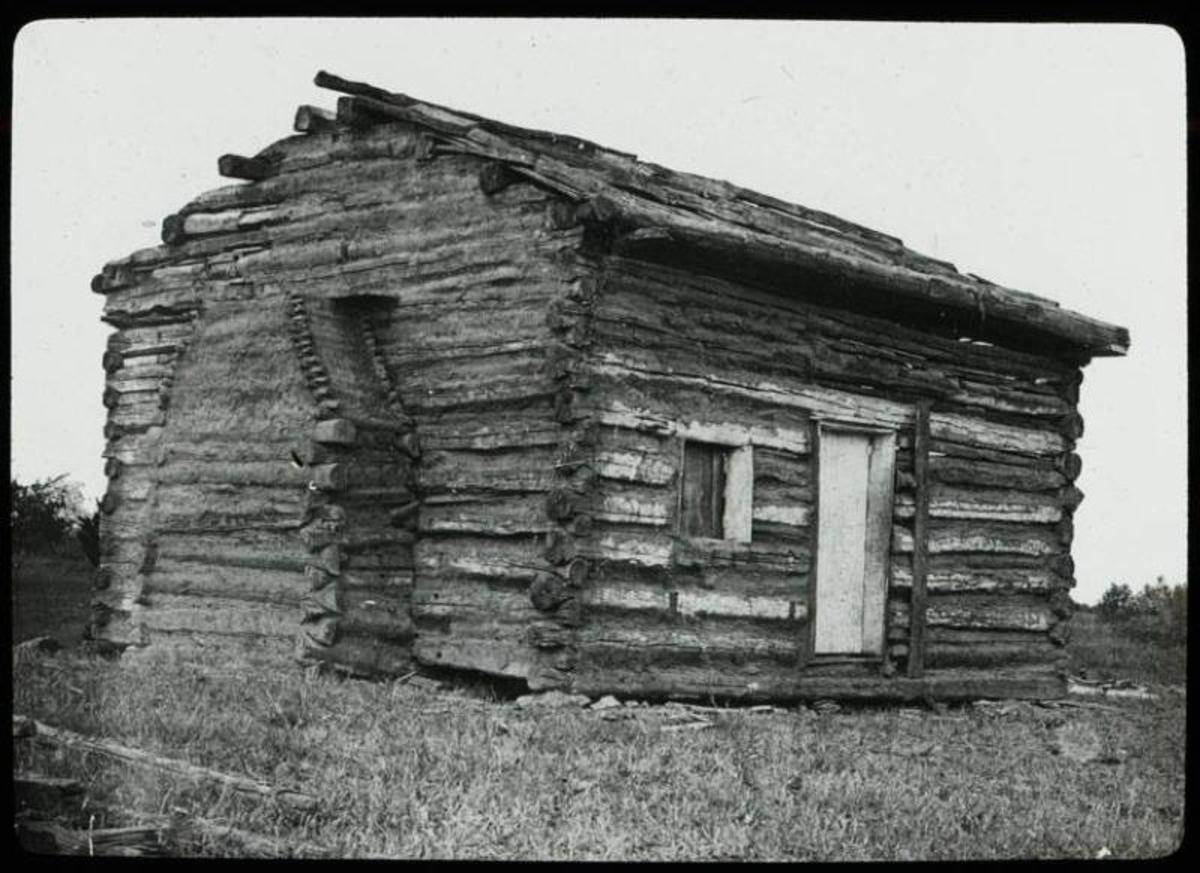
Arguably one of the greatest leaders in our nation's history, Abraham Lincoln could not have come from a more humble beginning. This one-room cabin in Hodgenville, Kentucky, measured only 16 ft. x 18 ft., had a dirt floor, a stone fireplace, and a single window.
2) Dwight Eisenhower
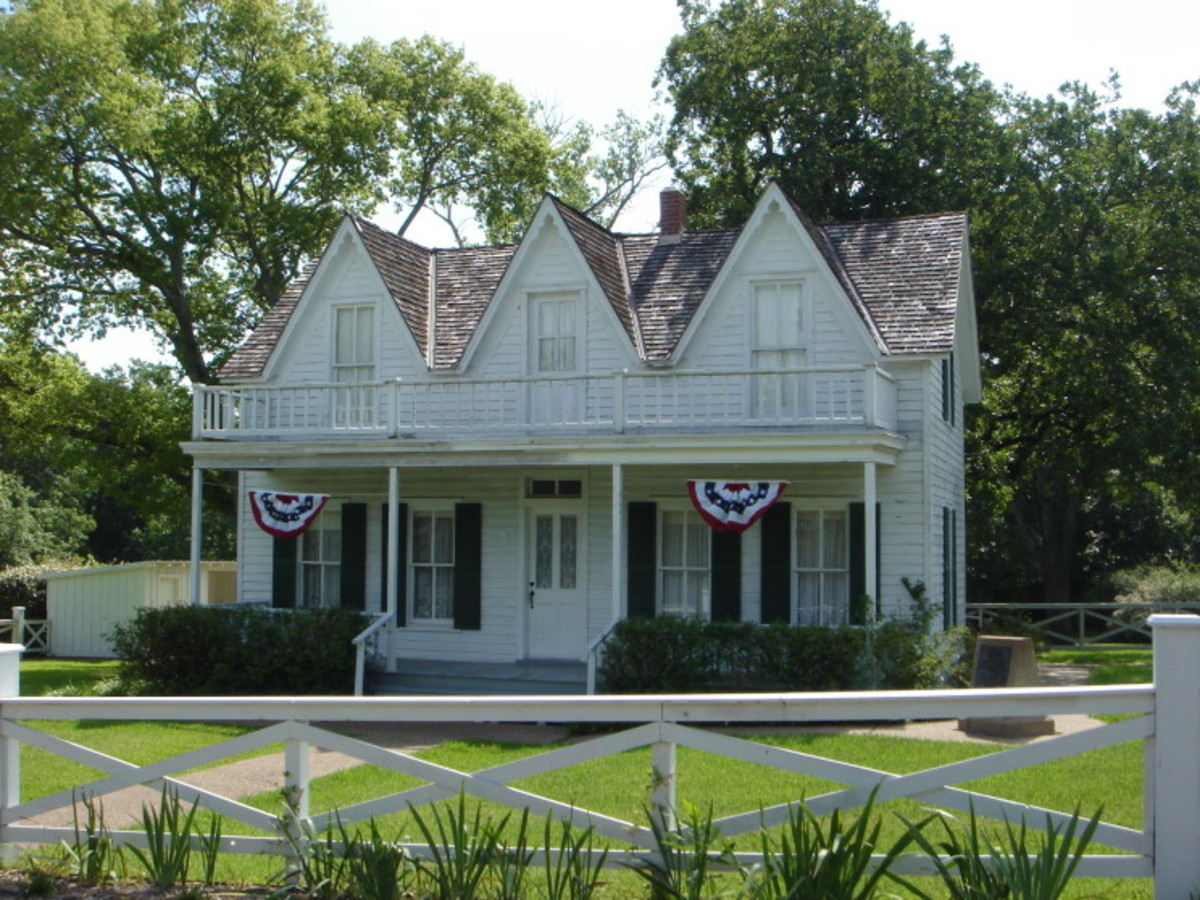
Dwight D. Eisenhower was born in this simple 2-story frame house in Denison, Texas. He was the first U.S. President from Texas--although he didn't know that until he was an adult. Eisenhower's family moved to Kansas when he was 2 years old, and he had no knowledge of his Texas origins until a local school principal named Jennie Jackson contacted him and asked if he was related to the Eisenhower family of Denison. Once Eisenhower's mother confirmed that it was indeed his birthplace, Jackson set about raising funds to buy the home, which was then donated to the city of Denison. It is now operated by the Texas Historical Commission, and is a designated Texas Historic Landmark.
3) Bill Clinton
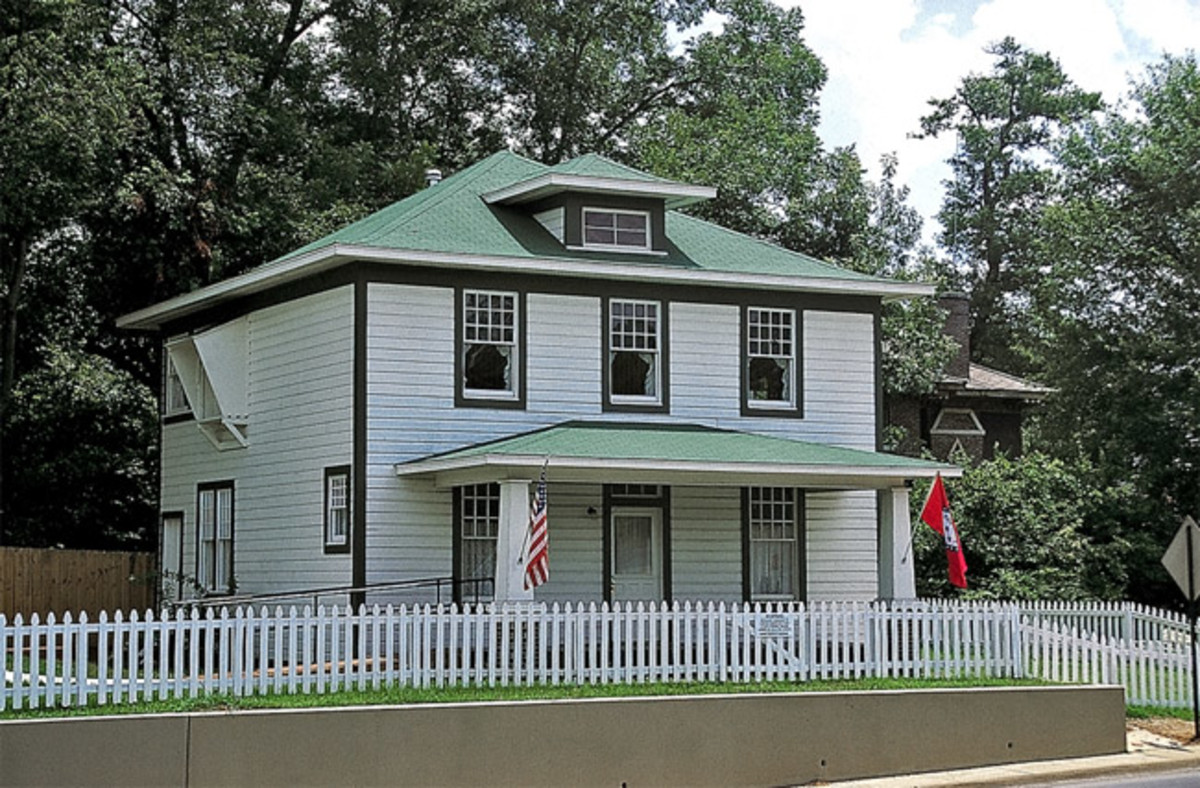
William Jefferson Clinton, our 42nd president, was born in the small town of Hope, Arkansas. He lived in this modest house in Hope with his recently-widowed mother and her parents until he was 4 years old. It was in this home that Clinton first learned about social equality, justice, and a commitment to serving others from his beloved grandfather.
4) John Adams
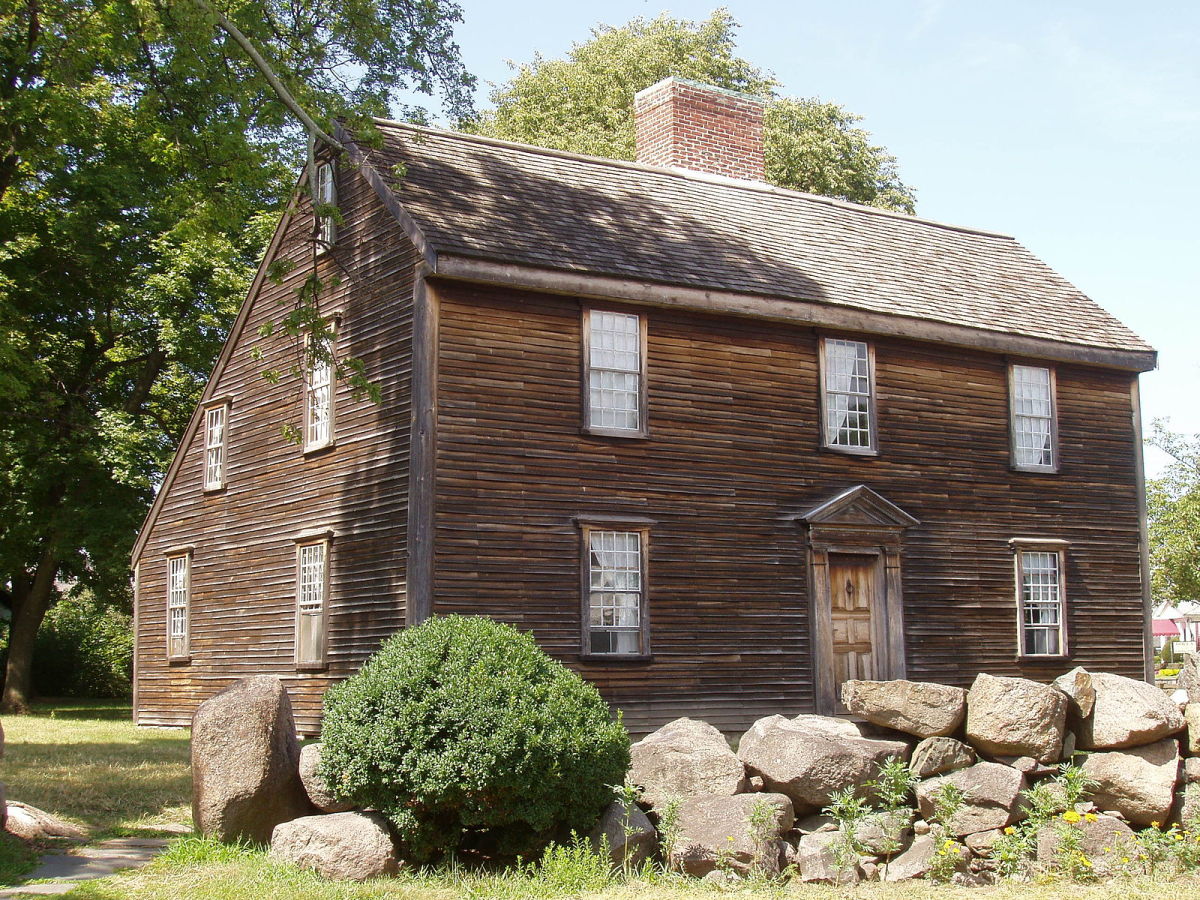
John Adams, the second president of the United States, was born in this Quincy, Massachusetts saltbox house that was built in 1681. This historic American colonial structure still stands in its original location, surrounded by the six acres of land that Adams' father--a prominent deacon--bought soon after his birth. Adams lived in this house with his family until the age of 29 when he married Abigail Smith.
5) Ulysses S. Grant
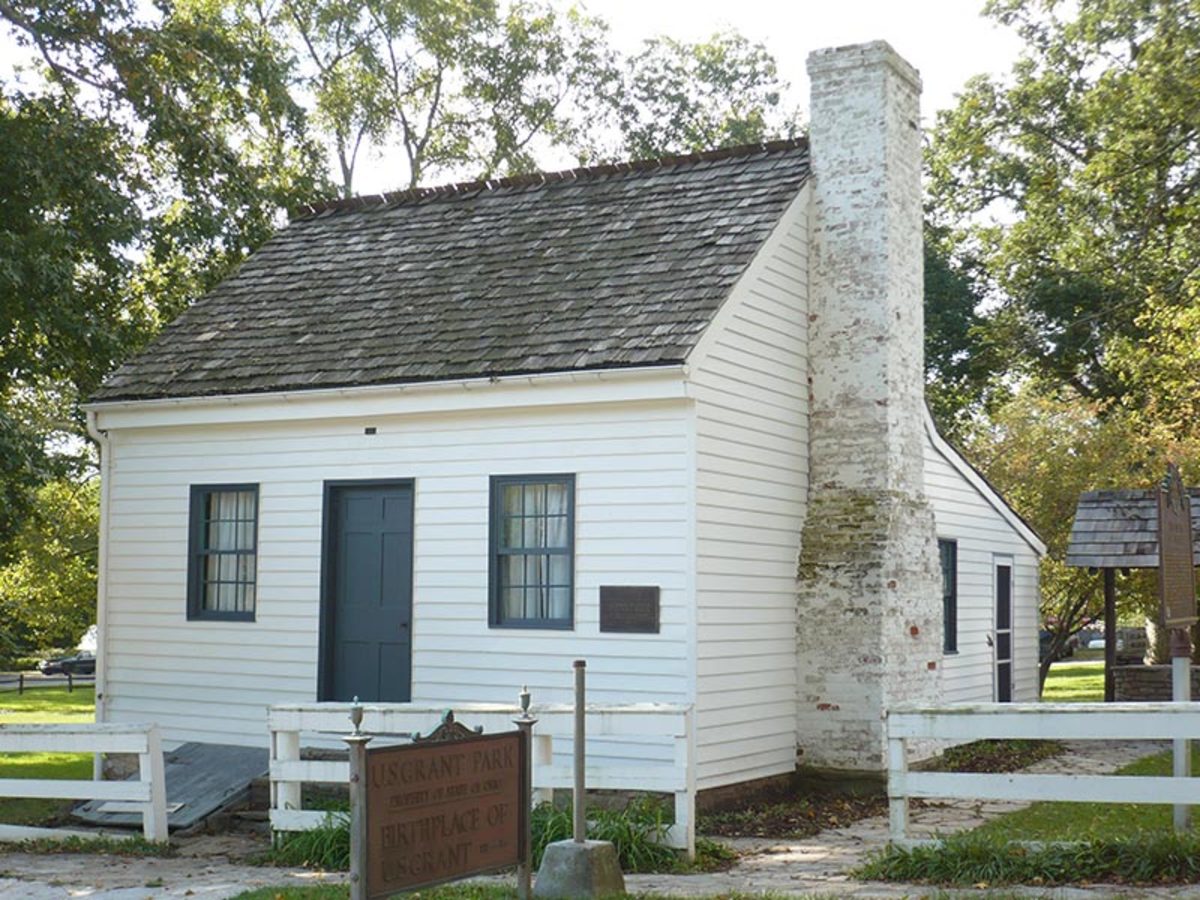
Ulysses S. Grant's parents paid $2 a month to rent this tiny home in Point Pleasant, Ohio. Grant was born in this home, but lived there less than a year--his family moved to Georgetown just prior to his first birthday. Today, this site is a historic house museum operated by the Ohio Historical Society, and is listed on the National Register of Historic Places.
In July we are celebrating National Log Home Month. During the month of July, log home manufacturers will honor America’s log home heritage by hosting home tours, log raising demonstrations, log home building seminars and more. There are many different sizes and styles of log home construction to suit any homeowner's vision.
Here we present the TOP 15 Log Home Manufacturers, and invite you to visit their websites and see what they have to offer. Each manufacturer is outstanding in quality of craftsmanship, and this is not a ranked list.
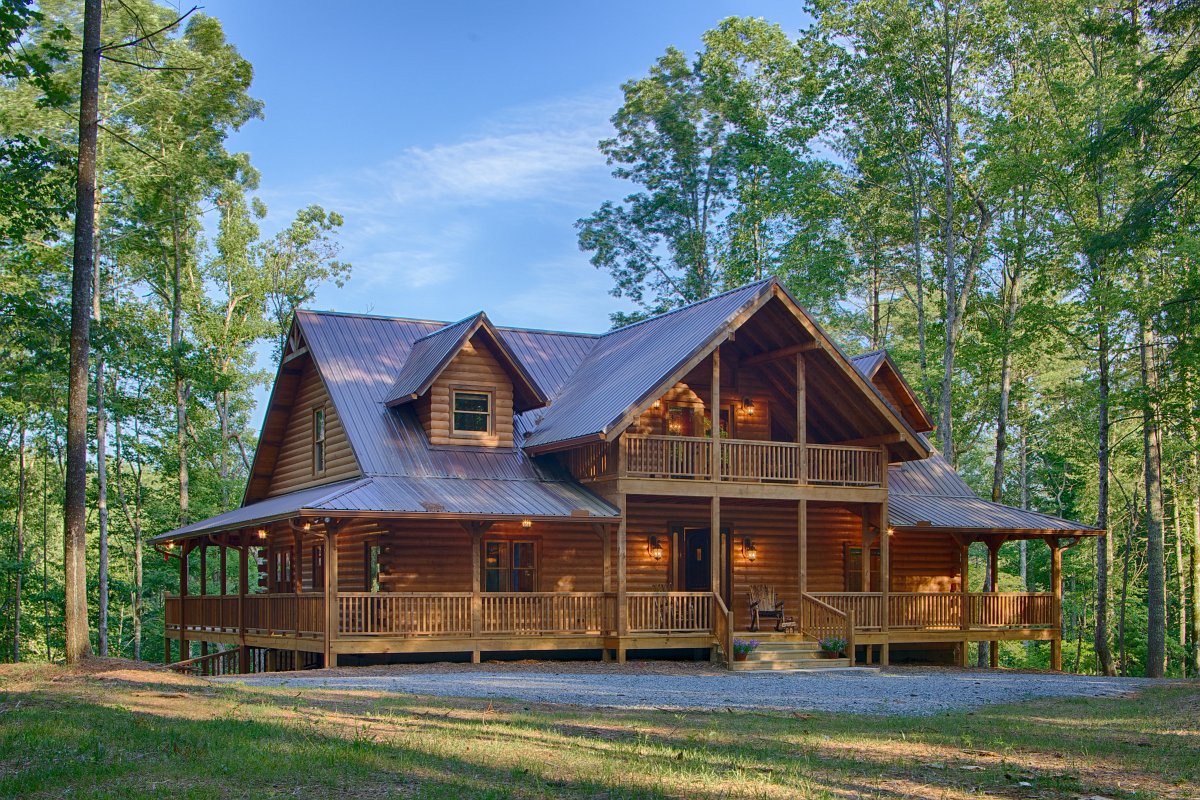
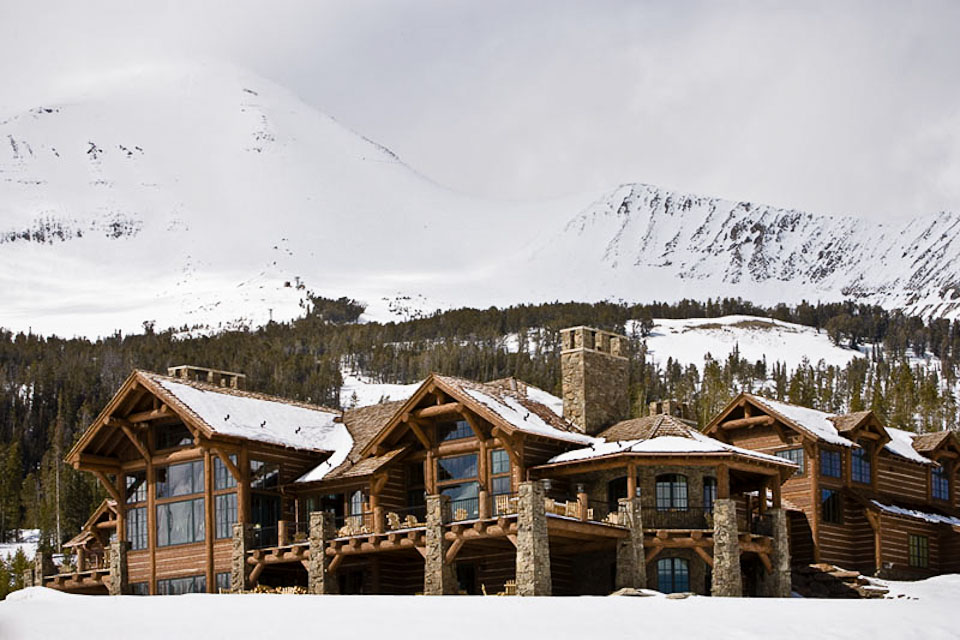

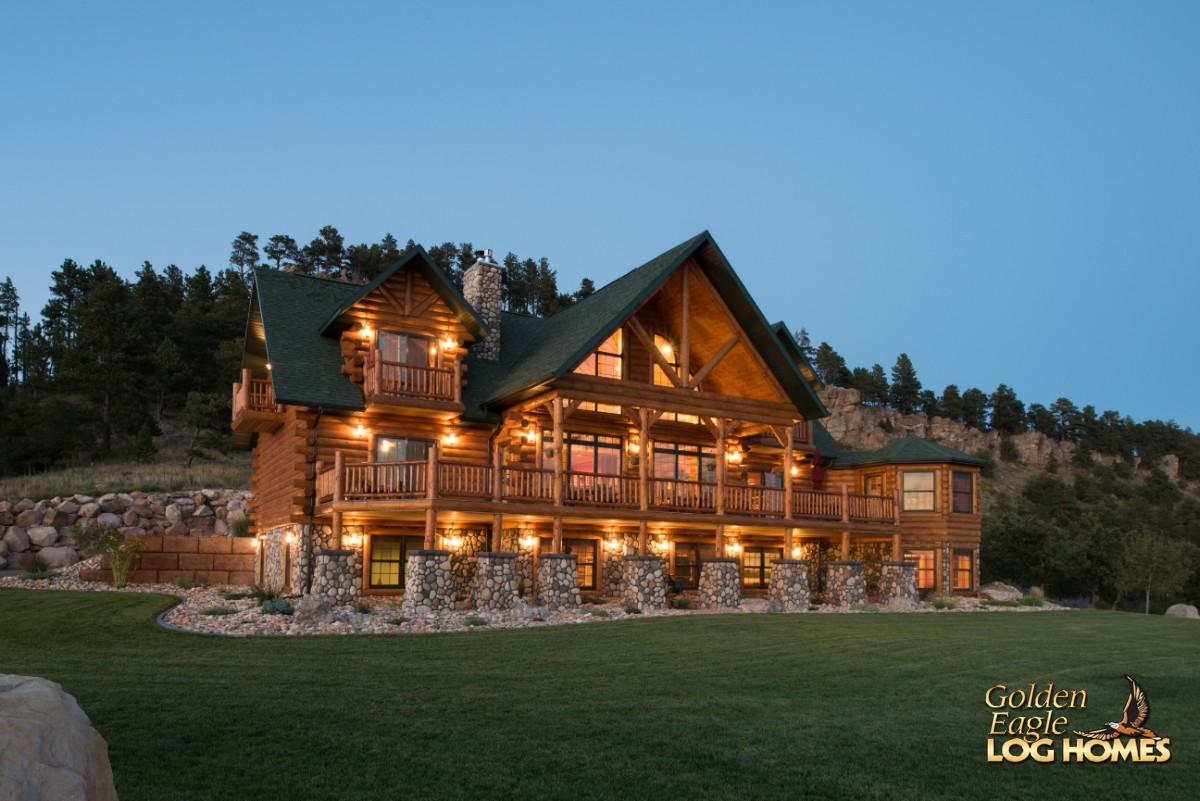
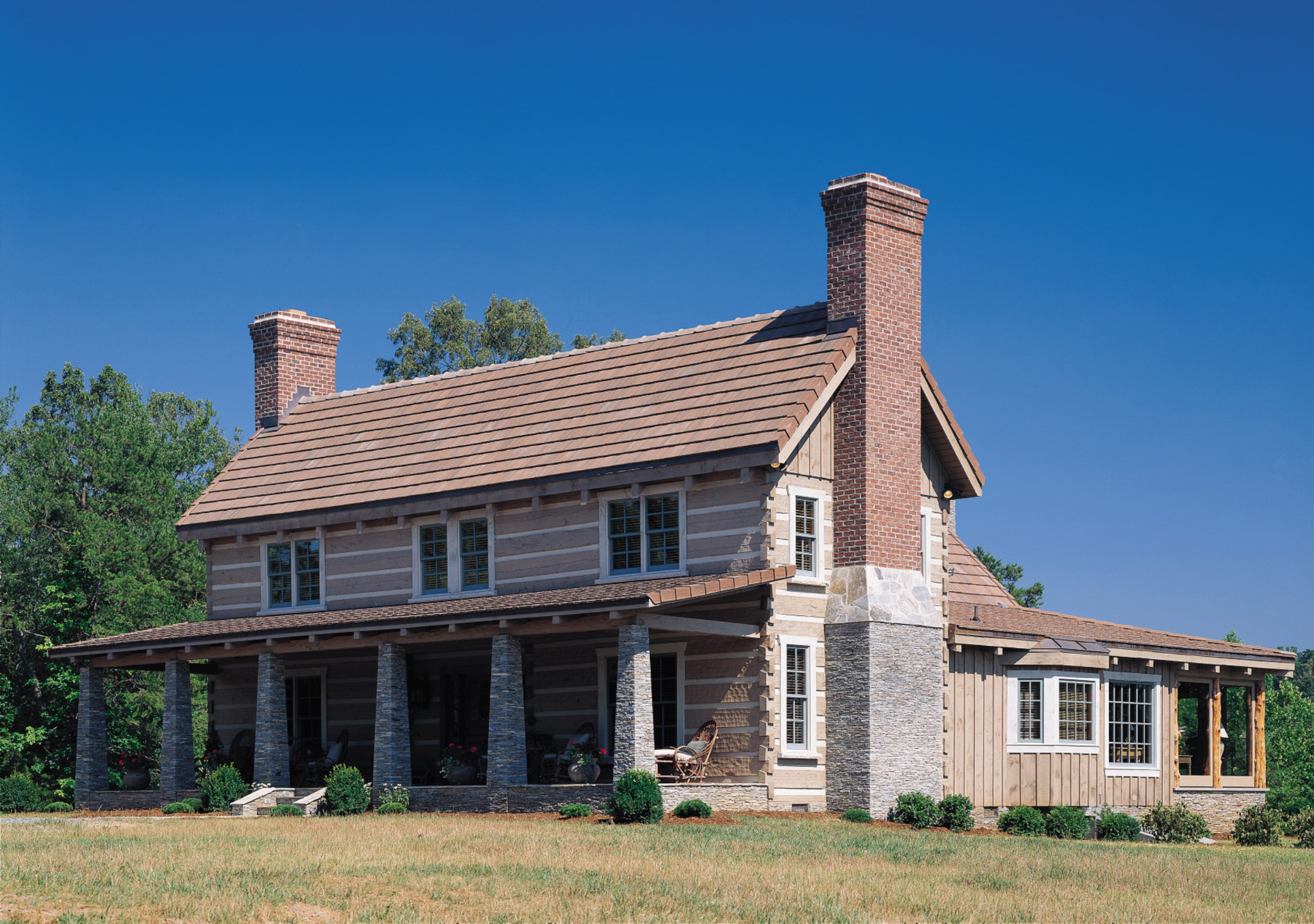
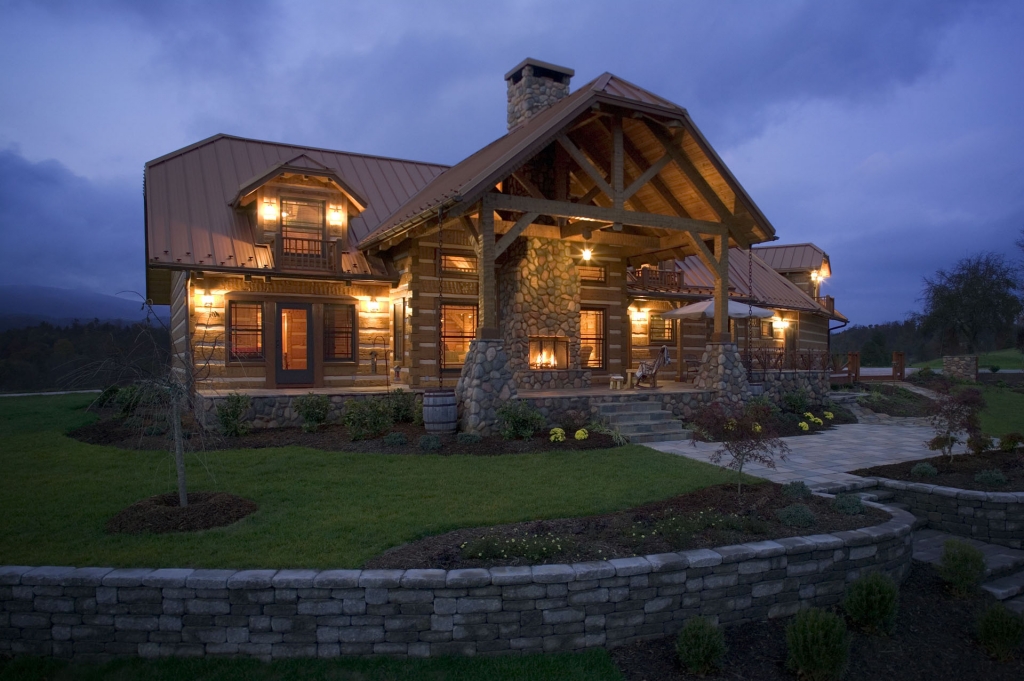
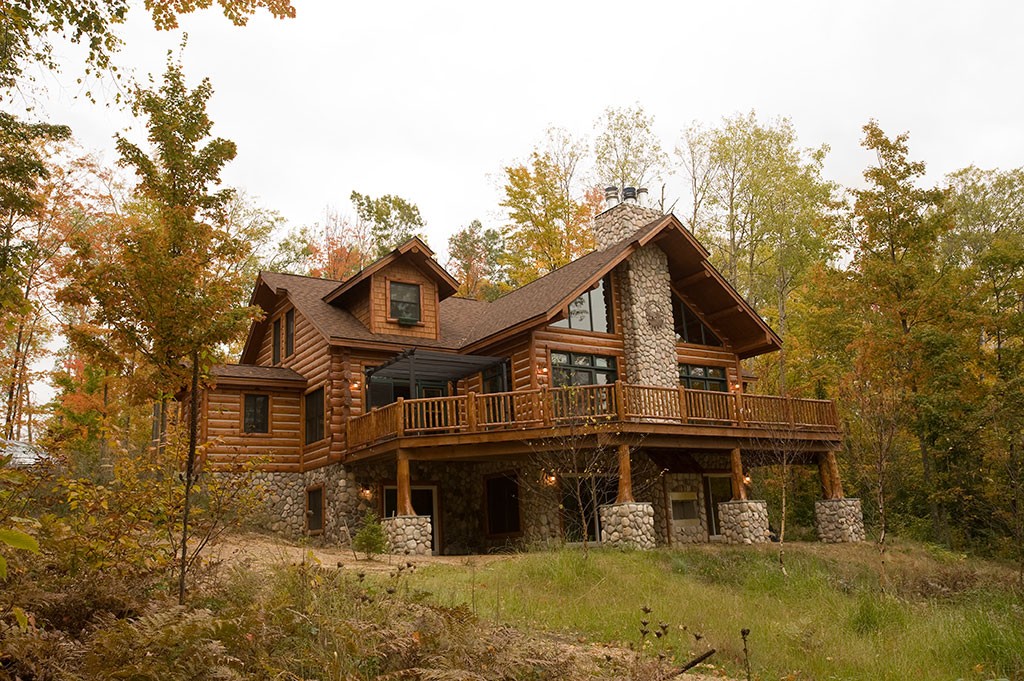
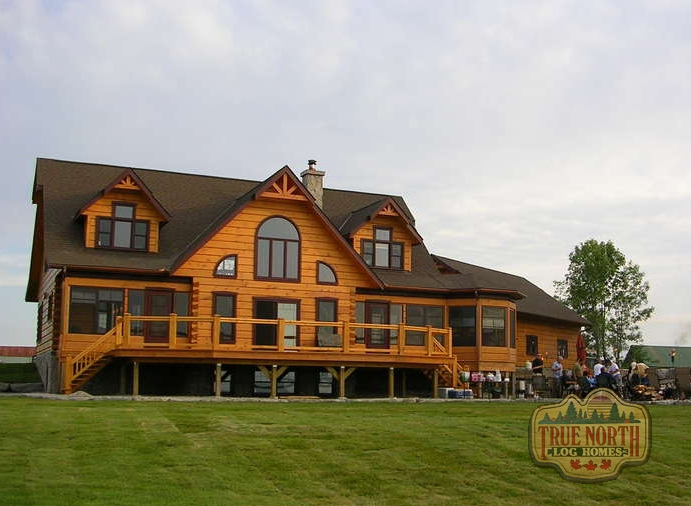
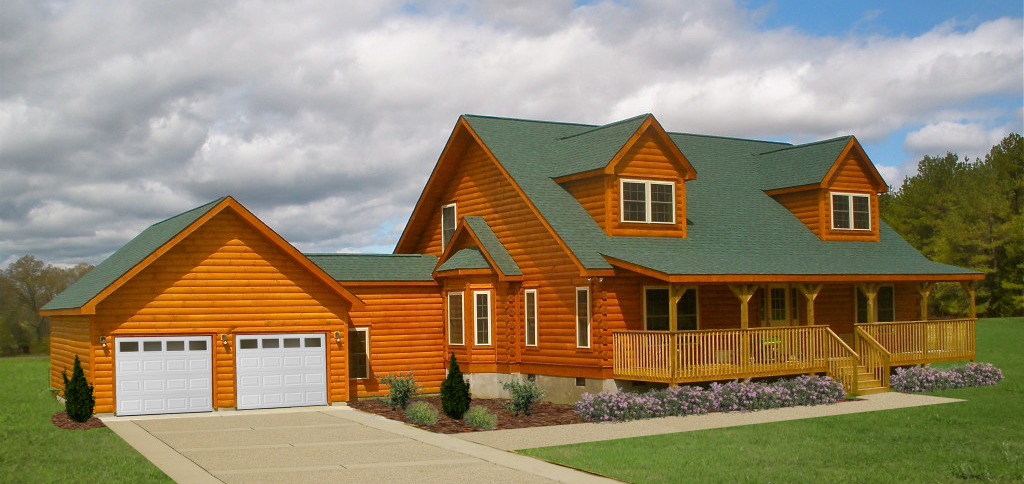
10. Sierra Log Homes
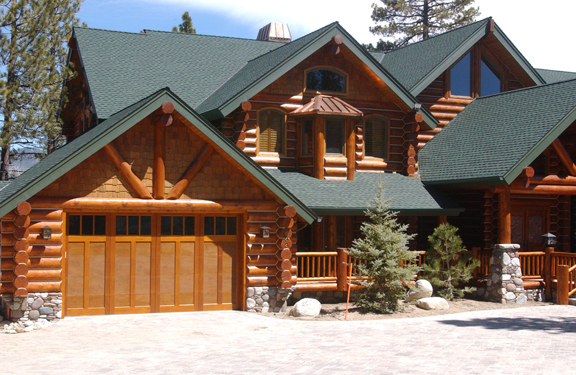

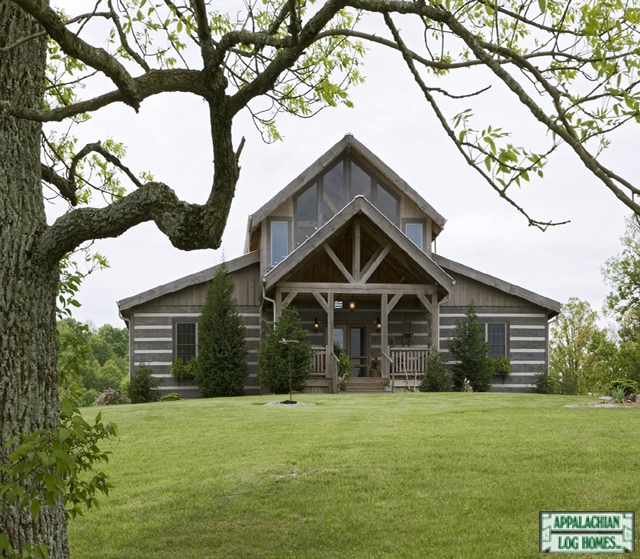
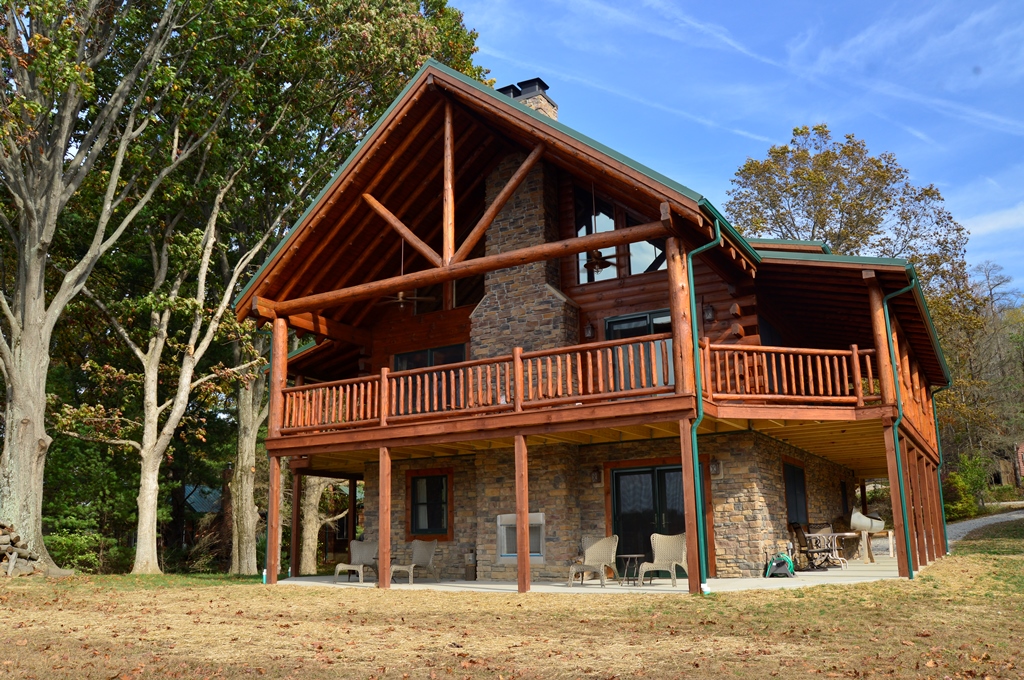
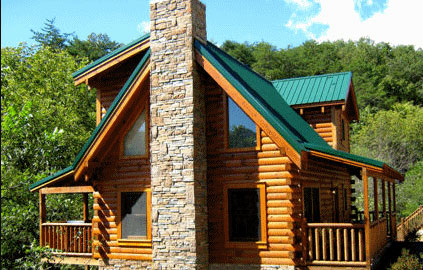
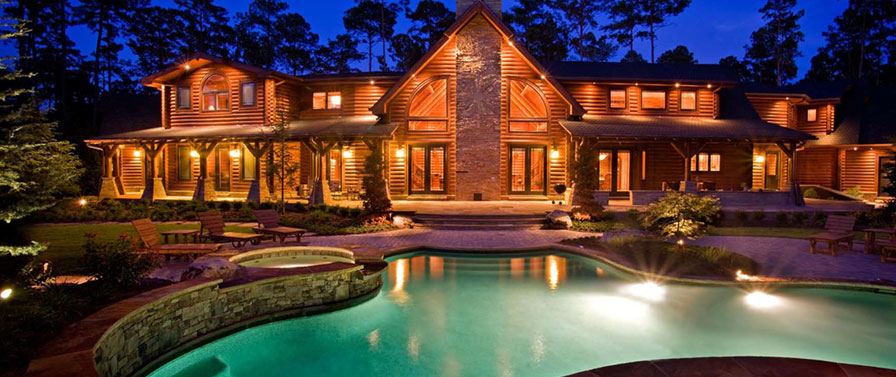
Do you have an old stain that doesn't really show the warmth and beauty your home deserves? Ready to restore it to its natural look? It's easy to start by stripping old finishes using StripIt or S-100. Check Out This Video...
New Age Blast Media Available Sizes
Call 1-800-548-3554 to Order
Features
- Made from recycled glass
- Superior to corn, walnut, sand or soda media
